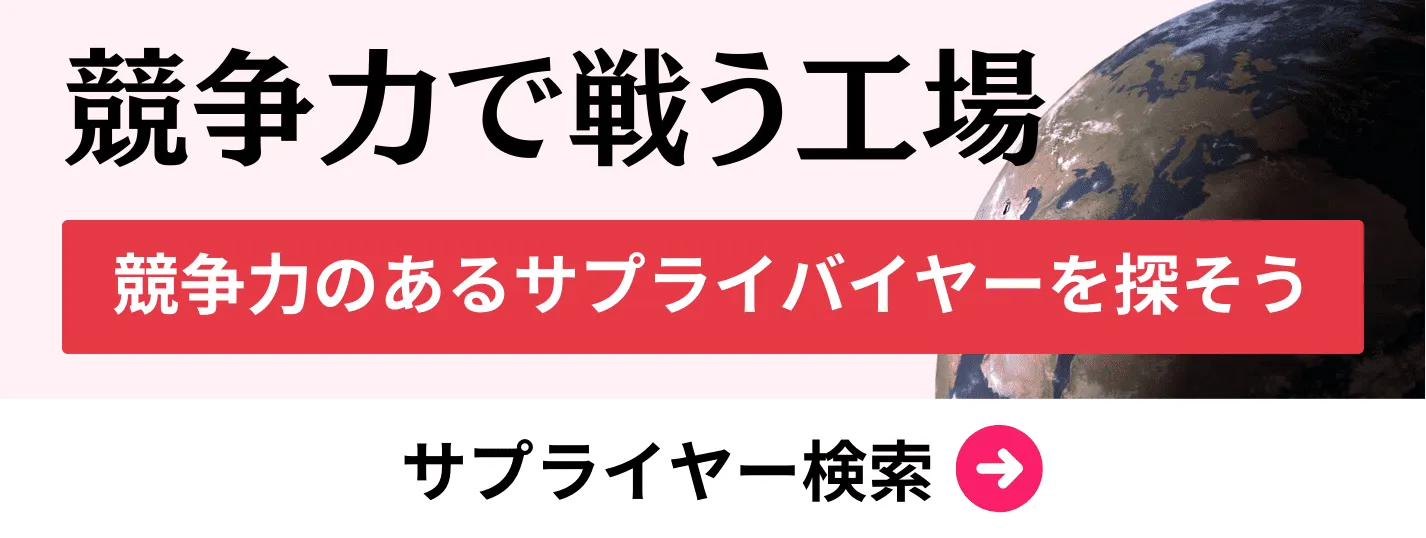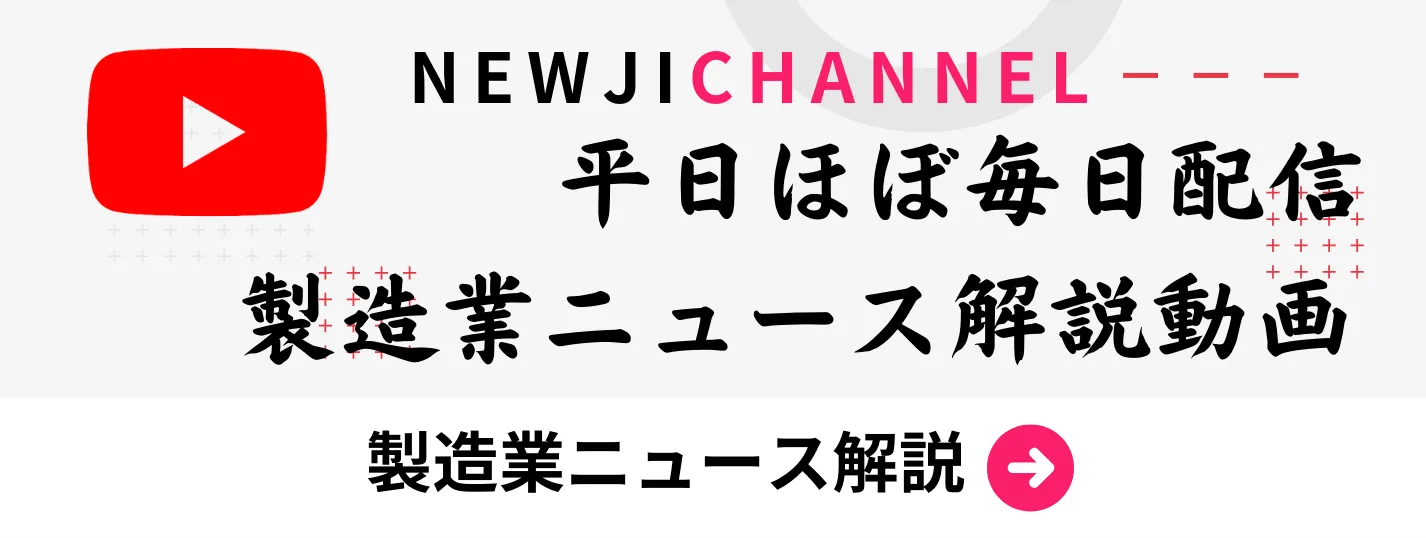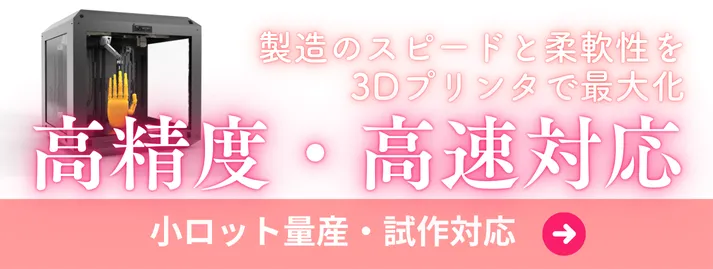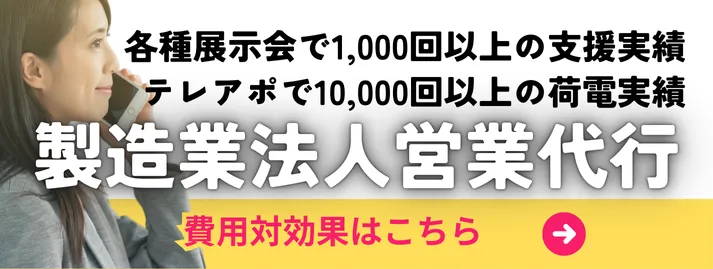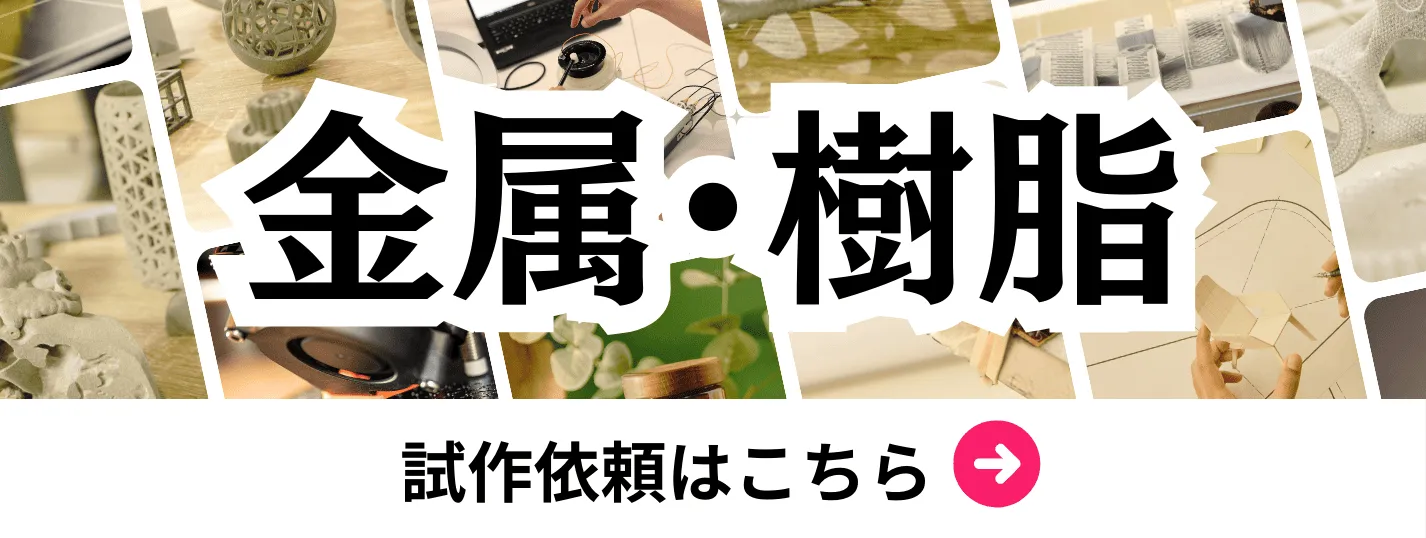- お役立ち記事
- Development of next-generation low foaming detergent and application in food and medical industries
月間76,176名の
製造業ご担当者様が閲覧しています*
*2025年3月31日現在のGoogle Analyticsのデータより
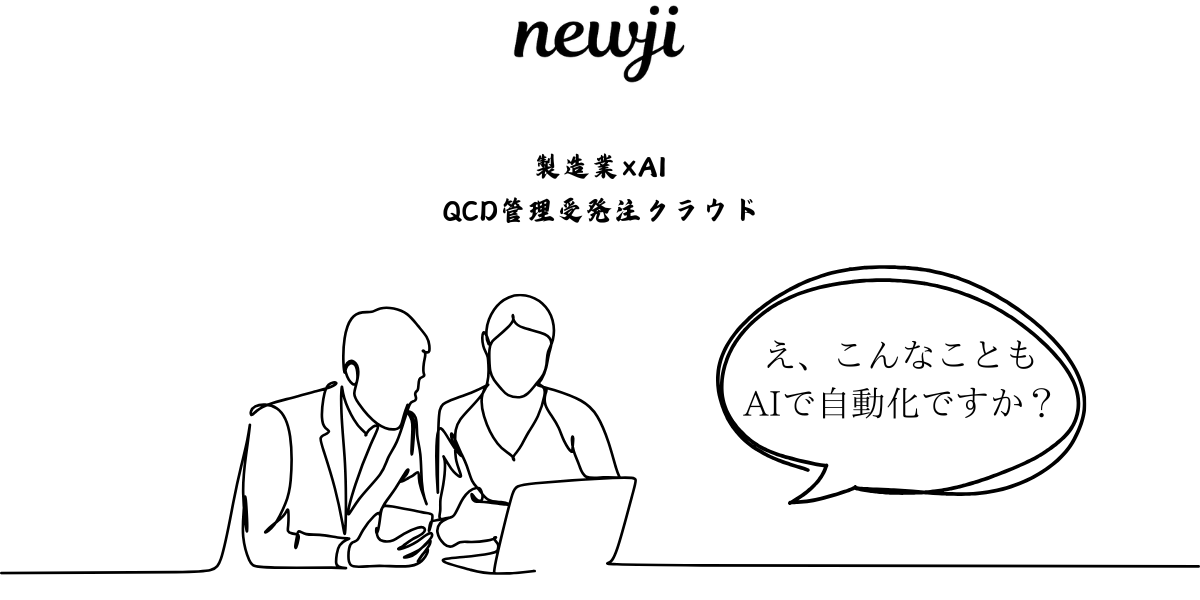
Development of next-generation low foaming detergent and application in food and medical industries

The development of next-generation low foaming detergents has marked a significant leap in cleaning technology.
These advanced formulations are designed specifically to cater to both the food and medical industries, sectors where hygiene is non-negotiable.
Traditionally, detergents have been synonymous with bubbles and foaming action, perceived as indicators of cleaning efficacy.
However, recent innovations have demonstrated that a low-foaming approach not only improves cleaning efficiency but also offers environmental and operational benefits.
目次
Understanding Low Foaming Detergents
Low foaming detergents are specially engineered formulations that minimize sud production during use.
They are particularly beneficial in automated cleaning systems where excess foam can hinder machinery performance and increase water and energy consumption.
The core idea behind these detergents is to provide superior cleaning power without the excessive waste associated with traditional high-foaming products.
The non-foaming nature is achieved by selecting surfactants with specific characteristics that disrupt foam formation.
These surfactants have a high degree of hydrophilicity, allowing them to remain in solution rather than accumulating on the surface to create foam.
The detergent’s base composition often includes specific enzymes and biodegradable components to ensure an eco-friendly profile.
Applications in the Food Industry
In the food industry, sanitation is a critical component of operational success.
Facilities utilized for food processing and packaging require rigorous cleaning procedures to maintain hygiene standards.
Traditional detergents often leave residues that can lead to contamination if not thoroughly rinsed, posing significant health risks.
Low foaming detergents address this issue by leaving minimal residues, thus ensuring the cleanliness of equipment without the need for excessive rinsing.
Additionally, the reduced foam levels mean that machinery does not have to operate continually to remove foam, resulting in lower water usage and conservation of resources.
These detergents also prevent the downtime associated with defoaming, allowing for smoother and more efficient production runs.
Furthermore, in applications like clean-in-place (CIP) systems used in dairy plants and breweries, low foaming detergents are indispensable.
They facilitate an uninterrupted cleaning cycle, which is crucial for maintaining productivity without compromising on the quality of cleaning.
Meeting Safety Standards
Another significant advantage of using low foaming detergents in the food sector is compliance with stringent safety and environmental regulations.
These detergents are formulated to be non-toxic and safe for food contact surfaces, ensuring adherence to regulatory standards such as those set by the FDA and EPA.
The use of environmentally friendly ingredients also aligns with the growing demand for sustainable practices within the industry.
This shift not only meets customer expectations but also reduces the environmental impact, bolstering the industry’s reputation.
Benefits in the Medical Sector
The medical industry is another area where low foaming detergents have made substantial improvements.
Surfaces and instruments in healthcare settings require meticulous sanitation to prevent the spread of infections.
Detergents that produce minimal foam are particularly advantageous in these environments, facilitating faster cleaning times and reducing the risk of cross-contamination.
Low foaming detergents ensure that sterilization and cleaning do not leave residues that can interfere with subsequent medical treatments or procedures.
For example, in hospitals dealing with sensitive electronic equipment, such as in imaging or diagnostic labs, foaming detergents can lead to equipment malfunctions.
In these settings, low foaming options provide the necessary cleaning power while safeguarding the integrity of expensive medical devices.
Reducing Operational Costs
By reducing the need for mechanical intervention to manage foam, medical facilities can also cut down on their operational expenses.
This is particularly important in a sector that already deals with significant financial burdens.
Effective without excessive water and energy use, these detergents contribute to sustainability goals, making them a top choice for eco-conscious healthcare providers.
Challenges and Future Prospects
The development and widespread implementation of next-generation low foaming detergents come with their challenges.
One primary concern is the initial cost of transitioning from traditional to advanced detergent systems.
Organizations must weigh these costs against the long-term savings in water, energy, and time.
Moreover, innovation in this field requires ongoing research to enhance performance characteristics and broaden applications.
While the food and medical sectors stand to benefit significantly, other areas could potentially leverage low foaming technology.
For example, industries such as automotive manufacturing, textiles, and beverage production could explore these detergents for their cleaning processes.
With constant advancements in chemical engineering, the future looks promising for the expansion of low foaming detergents across various applications.
Conclusion
In conclusion, the development of next-generation low foaming detergents represents a major advancement in cleaning technology.
Their application in the food and medical industries showcases the numerous benefits, from improved hygiene and safety compliance to resource conservation and cost savings.
As these sectors continue to prioritize cleanliness and efficiency, low foaming detergents are poised to play a critical role in meeting these objectives while also supporting sustainability initiatives.
The continuous evolution of this technology promises even greater innovations and broader industry applications in the years to come.
 資料ダウンロード
資料ダウンロード
QCD管理受発注クラウド「newji」は、受発注部門で必要なQCD管理全てを備えた、現場特化型兼クラウド型の今世紀最高の受発注管理システムとなります。
 ユーザー登録
ユーザー登録
受発注業務の効率化だけでなく、システムを導入することで、コスト削減や製品・資材のステータス可視化のほか、属人化していた受発注情報の共有化による内部不正防止や統制にも役立ちます。
 NEWJI DX
NEWJI DX
製造業に特化したデジタルトランスフォーメーション(DX)の実現を目指す請負開発型のコンサルティングサービスです。AI、iPaaS、および先端の技術を駆使して、製造プロセスの効率化、業務効率化、チームワーク強化、コスト削減、品質向上を実現します。このサービスは、製造業の課題を深く理解し、それに対する最適なデジタルソリューションを提供することで、企業が持続的な成長とイノベーションを達成できるようサポートします。
 製造業ニュース解説
製造業ニュース解説
製造業、主に購買・調達部門にお勤めの方々に向けた情報を配信しております。
新任の方やベテランの方、管理職を対象とした幅広いコンテンツをご用意しております。
 お問い合わせ
お問い合わせ
コストダウンが利益に直結する術だと理解していても、なかなか前に進めることができない状況。そんな時は、newjiのコストダウン自動化機能で大きく利益貢献しよう!
(β版非公開)


